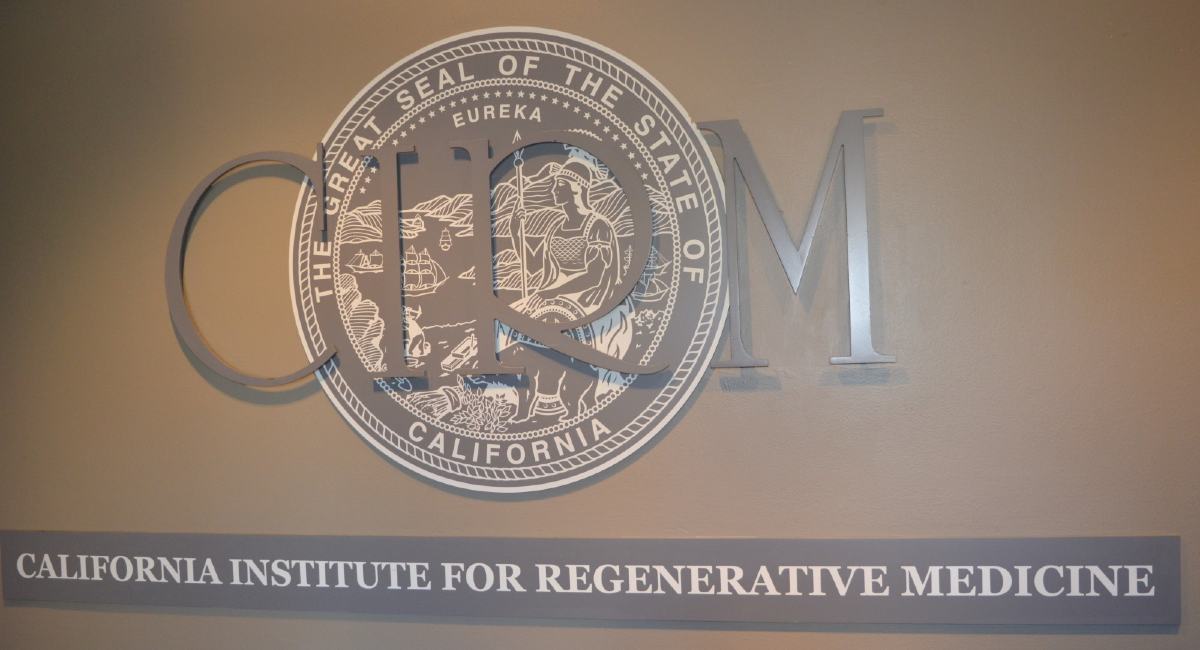
Remember how urgent it was to support embryonic stem cell research? That was then; this is now
California Institute for Regenerative Medicine goes back to the voters
The hot button bioethical issue of 2004 was embryonic stem cell research. Supporters spoke of life-saving cures and dismissed ethical misgivings. Surfing a wave of hope, Californian voters voted for a US$3 billion bond issue to establish the California Institute for Regenerative Medicine.
Sixteen years later, the CIRM has almost run out of money and its backers are rattling the tin in the hope that voters will approve a $5.5 billion bond issue to support its research.
Some of the state’s major newspapers have editorialised against it. With many of its critics, they contend that the CIRM has not delivered on its miracle cures, that its governance has been poor and that there was too much potential for conflict of interest.
The Los Angeles Times decried the earlier over-sell:
“[The CIRM] hasn’t yet yielded a significant financial return on investment for the state — or the cures that were ballyhooed at the time. Though no one ever promised quick medical miracles, campaign ads strongly implied they were around the corner if only the funding came through. Proponents oversold the initiatives and voters can’t be blamed if they view this new proposal with skepticism.”
The San Francisco Chronicle, which exposed some of the CIRM’s deficiencies in a 2018 exposé, criticised the way its funds had been spent:
“More than half the original funding went to buildings and other infrastructure, education and training, and the sort of basic research that, while scientifically valuable, is a long way from medical application. There’s nothing inherently wrong with that, but it is at odds with the vision of dramatic advancements put to voters.”
Michael Cook is editor of BioEdge
Creative commons
https://www.bioedge.org/images/2008images/CIRM_1.jpg
stem cells
